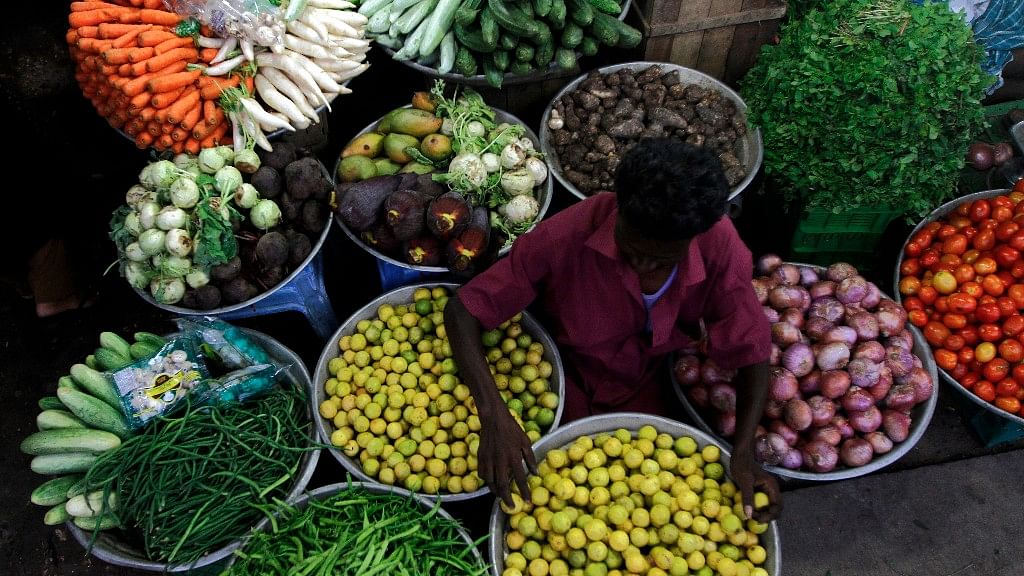Retail Inflation Hikes in July as Food, Fuel Prices Rise
Consumer price inflation in July rose 2.36 percent compared to the same month last year.

Retail inflation in India accelerated in July after soaring vegetable prices and the reversal of favourable base effect pulled the macro indicator back above the Reserve Bank of India’s minimum threshold of 2 percent.
Consumer price inflation in July rose 2.36 percent compared to the same month last year, faster than the record low of 1.53 percent seen in June, according to data from the Central Statistics Office. Inflation quickened for the first time in three months, faster than the 2.05 percent estimated by a Bloomberg poll of economists.
Easing inflation had given room to the Reserve Bank of India to cut its benchmark lending rate by 25 basis points to 6 percent in August. The RBI expects retail inflation to accelerate by 3.5 percent to 4.5 percent in October-December.
The rebound in consumer prices was expected mainly due to the seasonal spike in vegetable prices, a reversal in the base effect of food and domestic fuel prices, and higher housing rent allowance for government employees, according to a note by Bloomberg Intelligence economist Abhishek Gupta ahead of the announcement of the numbers.
While vegetable prices in July were 3.5 percent lower than the same month last year, they have been rising on a sequential basis. The Reserve Bank of India had noted this in its bi-monthly policy reveiw, earlier in August.
The RBI also had said that the “large favourable base effects” that had been pulling inflation lower are “slated to dissipate and reverse from August”.
Vegetable prices increased largely due to supply constraints on account of heavy rains in some states like Gujarat and Rajasthan, along with temporary trading disruptions due to the new Goods and Services Tax regime, said JM Financial Research in a note earlier last week.
Core inflation, which excludes food and oil prices, rose 3.9 percent in July compared to 3.8 percent in June.
“Sticky” core inflation was one of the reasons the central bank cited while holding rates, and adopting a neutral stance in the March monetary policy meeting. The RBI has kept its neutral stance despite the 25 basis point rate cut in August.
The breakdown of data shows that prices of vegetable and pulses continued to soften in July on a year-on-year basis.
- Food prices fell 0.29 percent year-on-year in July, compared to a 2.12 percent fall in June
- Prices of food and beverages went up 0.43 percent over last year, after falling 1.17 percent in June
- Price of pulses fell 24.7 percent in July, compared to a 21.9 percent fall in June
- Fuel and light prices rose 4.8 percent over July last year, compared to a 4.5 percent rise in June
- Housing inflation stood at 4.98 percent, compared to 4.7 percent in June
- Clothing and footwear prices rose 4.22 percent over last year, compared to 4.1 percent in June.
(This story was first published on Bloomgberg Quint.)
(Love your mother tongue? This Independence Day, tell The Quint why and how you love your bhasha. You may even win a BOL t-shirt! Sing, write, perform, spew poetry – whatever you like – in your mother tongue. Send us your BOL at bol@thequint.com or WhatsApp it to 9910181818.)
(At The Quint, we are answerable only to our audience. Play an active role in shaping our journalism by becoming a member. Because the truth is worth it.)